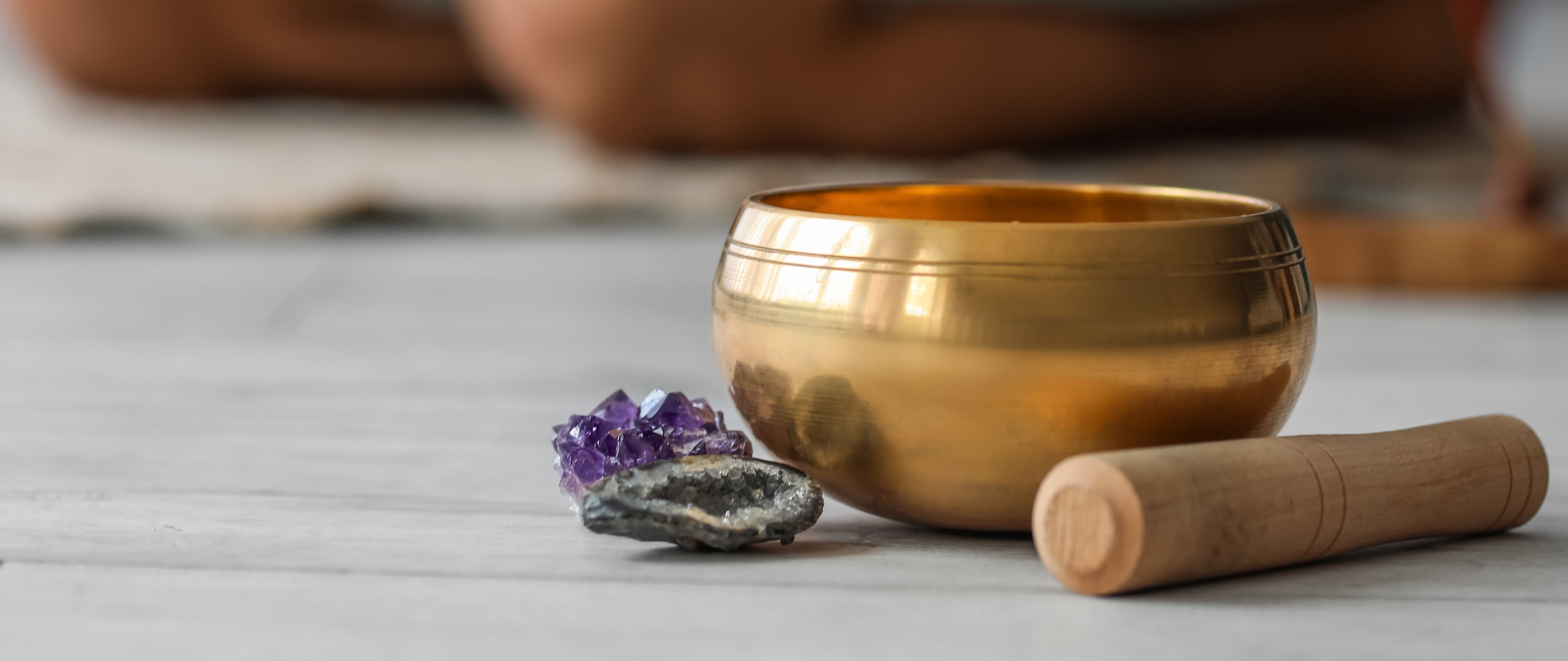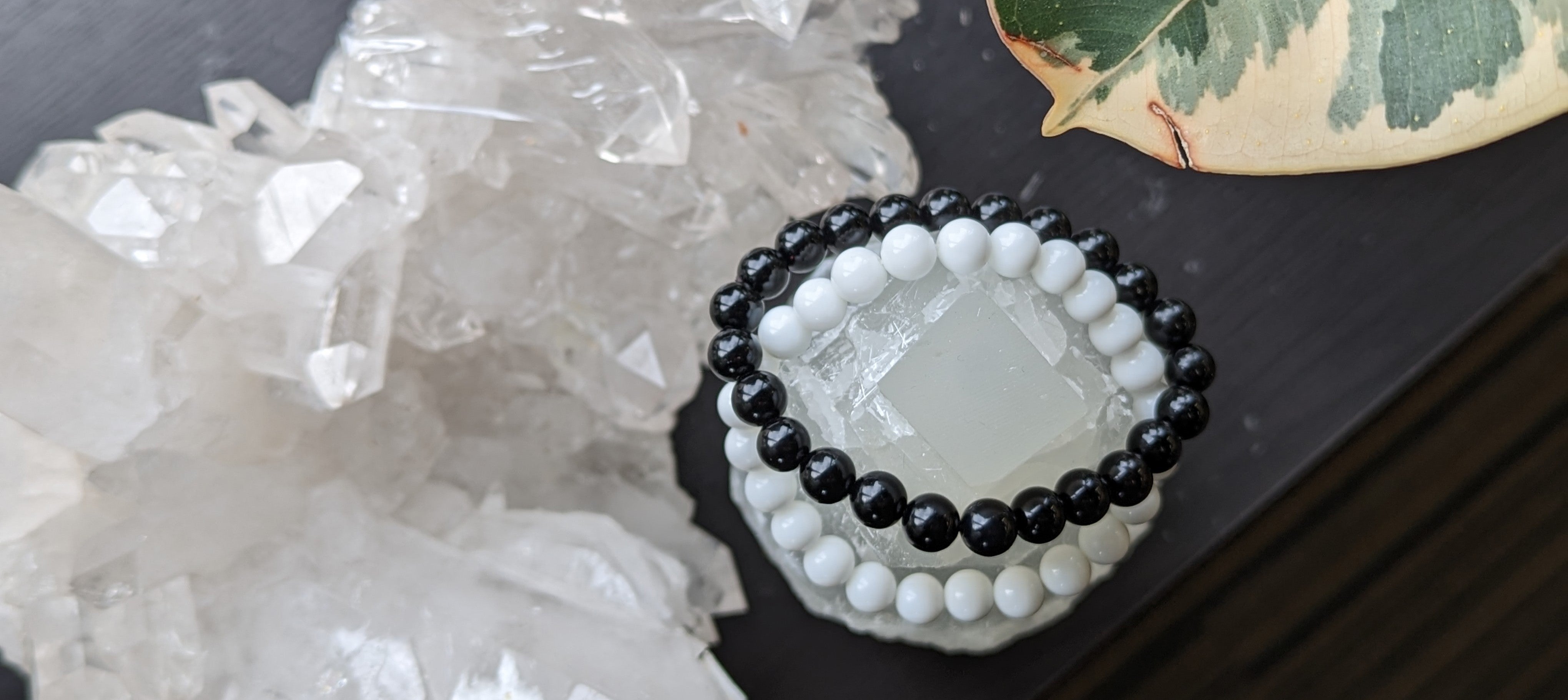Most sellers price their crystals wrong. Here’s how to fix it and make more profit.
Most crystal sellers price their stock based on one rule: match the market or go lower.
-
check what others are charging
-
price a little less to stay competitive
-
hope customers bite
Some stones do have a market price. High-volume sellers like amethyst, quartz, and rose quartz will always fall into a predictable range. but if you price everything this way, you’re leaving money on the table.

The real pricing strategy that works:
Some stones have flexible perceived value. Their price isn’t just about supply & demand, it’s shaped by storytelling, scarcity, and presentation.
Example:
Two shops sell the same batch of labradorite.
-
shop #1 prices it at $8 per piece and calls it “high-flash labradorite.”
-
shop #2 prices it at $15 per piece and calls it “aurora stone - a crystal of transformation, sourced from Madagascar.”
Which one sells out faster? The second one. Every time.
Why? Because customers don’t buy crystals like they buy groceries. They aren’t looking for the cheapest option - they’re looking for something that feels special. Shop #2 wins because it gives them a reason to desire the stone.
If you’re already using storytelling in your shop, you’re ahead of 90% of your competition. But here’s the key: when customers see the value in a crystal, they feel more confident buying - and they’ll choose your shop over others.

How to apply this in your shop:
✅ Respect market pricing on high-volume stones - but don’t race to the bottom. If everyone sells rose quartz tumbles for $3, price yours at $4-$5 and emphasize why they’re worth more.
✅ Use perceived value strategies on unique, rare, or statement pieces - this is where margin actually comes from.
✅ Test pricing psychology - ever notice how $22 feels cheaper than $20? Odd-numbered pricing influences buying behavior.
We put together a private crystal pricing guide breaking down exact strategies to increase your margins without losing sales.





